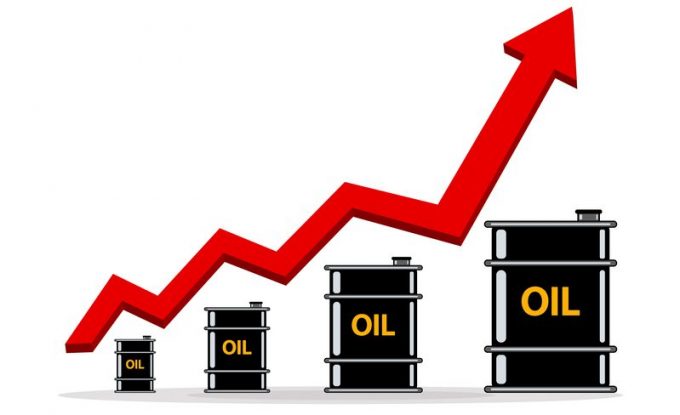China-US trade tariff pause could drive a rebound for transpacific rates
After the US and Chinese governments agreed to slash reciprocal tariffs, shipping lines are expecting ...

Shippers are bracing for a raft of emergency bunker surcharges from ocean carriers, as oil prices hit eight-year highs.
Following Russia’s invasion of Ukraine, the price of crude oil has soared to its highest level since 2014, to more than $105 a barrel, with analysts predicting ...

Comment on this article